My God!! Easily one of the best whale encounters of my life. A mother and calf humpback playing and relaxing around our ship, approaching snorklers for over an hour. At one point, the calf approached me to within a meter or two to look me directly in the eye. An amazing experience!!!! Scott Davis
Today we started the shark tagging program in Mexican waters! One receiver was set on the west side of Roca Partida at 127 ft. The location is excellent and a shark cleaning station is very near from it. After we set it we saw three scalloped hammerheads 50 ft north of it. The sharks species seen during these dives were: scalloped hammerhead (Sphyrna lewini), Silver tip (Carcharhinus albimarginatus), Silky (C. falciformis), Galapagos (C. galapaguensis) and White tip reef (Triaenodon obesus). All the different individuals from these species were adults and in the case of the white tips two pregnant females were seen on the middle of the island at 50 ft. According to the size of the uterus and the behavior of the females (occasional movements out of their caves) they were ready to give birth. By 11:15 am we saw a humpback whale with her calf. They spend more than two hours very close to the Nautilus Explorer making the day unbelievable. The calf made several excursion to the surface in front of the divers and a few full body breaches were seen by free divers just in front of them. Several jacks (big eye trevally) were seen close to the surface traveling in pairs (female silvery and male dark) because they are on the reproductive period. A very nice day for science at the rock! Dr. Mauricio Hoyos
Another busy day. It started with last minute preparations for the deep dive at Roca Partida. Camera batteries and chip, programming the Sonde, Final prepping of the rebreather, readjusting my weighting for an additional layer of wetsuit for the colder water here at Roca Partida. I am always ambivalent about deep diving here. The bottom is beautiful, and lush. It is mixed sand and rock topography, fairly flat at 255 feet deep. It has many animals absent from Clipperton, and uncommon in the rest of the Revillagigedo Islands, like gorgonian coral and basket stars. I enjoy the fauna and vista. The downside is it is colder, always very rough with up and down motions that make it impossible to hold a steady depth, and usually has a strong current running. All of this makes decompression not only difficult, but more dangerous than calmer water.
My goal for this dive was to shoot photographs to document the bottom for a paper being worked on by Gordon Handler at the LA Natural History Museum. I also carried the Sonde to collect water chemistry data. The descent was uneventful, except I could not get the strobe tied to the anchor. It is a bright flashing light that I was going to use to help me find the anchor at the end of the dive so I could go back up the anchor line. The problem was that even at 250 feet deep the chain was moving up and down so much I could not thread a tie wrap (zip tie) to secure the strobe. After a few minutes of trying I gave up and continued the dive without the safety strobe.
While attempting to affix the strobe, my camera dome port hit the moving anchor chain, and was severely scuffed. This put a blurry place in all of my photographs, where it obscured the lens. That is about a $700 fix. Ouch!
I was somewhat narced on the dive, as I did not have enough helium in my supply cylinder. (“Narced” refers to narcosis, the feeling of being drunk from the nitrogen in the breathing mix at depth.) This made it more difficult to focus on my objectives and to make observations. In fact, when I looked at my photographs after the dive, I saw star fish in almost every picture that I did not see during the actual dive.
The ascent and decompression were as awful as I anticipated. I tried to stay at least ten feet below where I was supposed to be so as not to violate my decompression ceiling (that’s REALLY bad), but even with that the waves would occasionally kick me too shallow. It required a lot of focus and effort to maintain proper depth.
During one of the few lulls of relatively calm water, while I was 45 feet deep and minding my own business, I looked away from my depth gauge and my oxygen display and glanced about. I turned around, and noticed that someone had put a big mural of two humpback whales behind me. “That’s odd,” I thought. “WAIT!!! THERE ARE TWO HUMPBACK WHALES STARING AT ME!” They were less than ten feet from me, a momma and a calf, just hanging right in front of me, not moving at all. I started fumbling for my camera, which was hanging on a line from my rebreather harness. I quickly turned it on and took a few pictures.
Just so you know, this is NOT a common event. I have seen humpback whales out here before, once, but to get pictures of them I had to snorkel for nearly five hours, and I only got to glimpse them for maybe two minutes of that time. These two were just hanging there, staring at me! I hurriedly snapped off about 40 pictures before they swam off.
Needless to say, from this point of the decompression on, I was more attentive to my surroundings. Usually I just kind of zone out, letting my subconscious attend to depth, time and air. Not today. The humpback whales returned two more times, and I actually managed to grab a few decent pictures. It certainly helped make an activity that is usually as boring as watching paint dry far more entertaining! The crowd on the boat was also entertained. They had all been snorkeling and watching the whales from the surface. They said that the whales had been sitting right behind me for several minutes before I noticed them. They could tell the instant I saw them, because I gave a violent start. A moment or two later I started grabbing for my camera. They all thought it was very funny!
This dive was a little over four hours long. I sat out for an hour, and put new carbon dioxide absorbent in my rebreather. I then went back down with the group. The whales had gone, so we dove along the sides of the rock. I took pictures of white tip sharks, Clarion angelfish, and a pair of mating octopi. I surfaced after an hour and was ferried back to the boat.
We packed up, and left for San Benedicto Island. A night crossing to shorten the trip back to Cabo San Lucas.
April 23-24, 2010: From Nicole
I did 4 dives today at San Benedicto; a place called the Canyons. It was fantastic. The wind was up a bit, and as the gusts blew across the water, they would sweep across the stark volcanic island and clouds of volcanic ash (from the 1954 eruption) would spill out in a plume and land on the water – and on the boat, in our eyes, in our teeth, and on our dive gear. It was surreal, and sometimes dropped the visibility in the water. It would go from being a deep clear blue to looking like someone had spilled flour in it.
I saw a few big hammerhead sharks. They were a bit deeper than I was willing to go (I did not have a rebreather or mixed gas), so I descended to about 110 feet for a very short time and saw them just below me. It was pretty cool. They are such strange creatures with their giant hammer head shaped head with eyes way out on the ends. These are scalloped hammerheads.
Then I turned my focus to all the amazing fish and the invertebrates. Apparently, only about 50 feet away, 5 huge manta rays visited the other divers and came very close. The mantas here are known for that behavior. I had to settle for catching a glimpse of them from the surface. But for me, coming here is way more than seeing mantas, so I was thrilled with my dives!
I am tired, pleased, and exhilarated. Jeff B.
Photos courtesy of Jeff Bozanic, Scott Davis and Captain Gordon Kipp


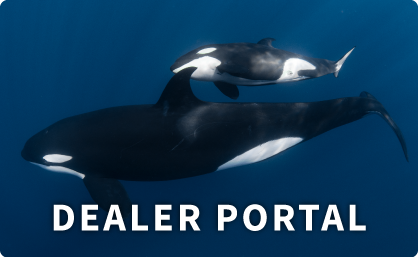

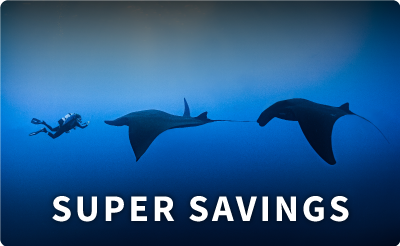
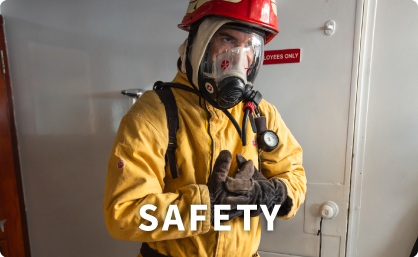
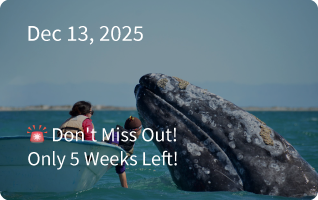
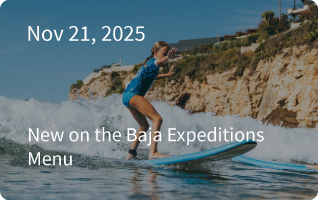
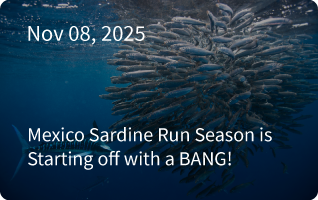
1 reply on “According to the size of the uterus, these sharks are ready to give birth + unbelievable humpback whale behavior around divers. April 24, 2010. Guest log.”
Wow. How wonderful for you guys! I’m looking at those photos of you in snorkelling gear with a humpback in front of your face and I can barely believe it. We tried several times with only the briefest of underwater glimpses. Fantastic.